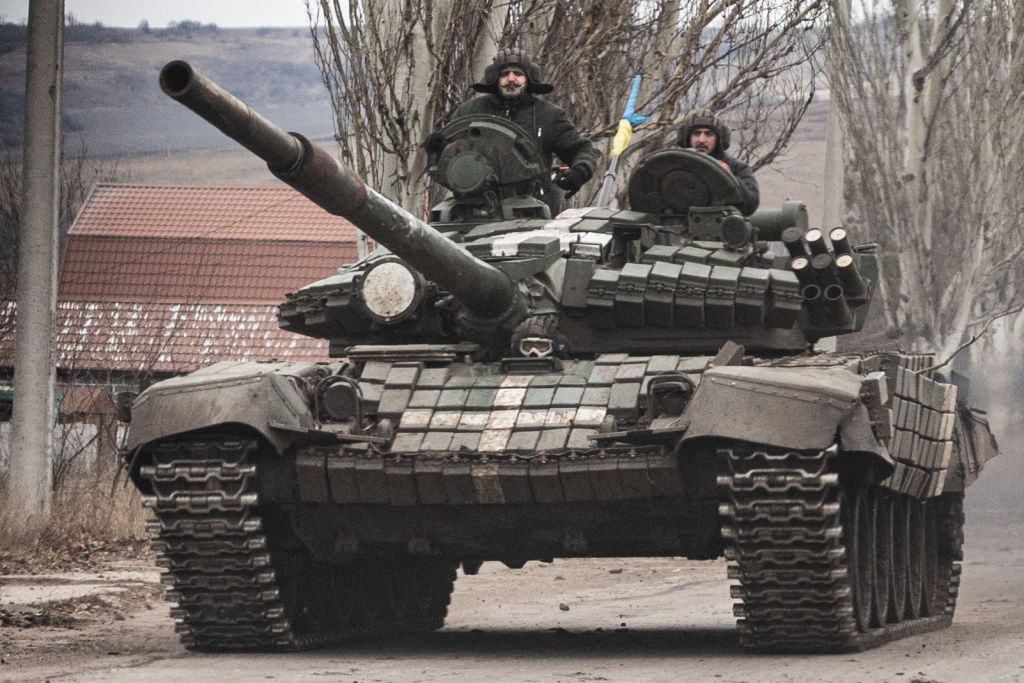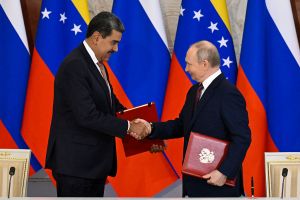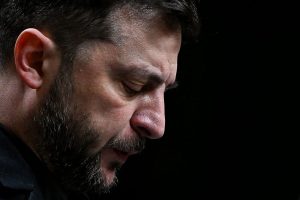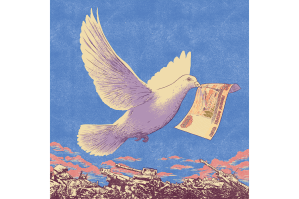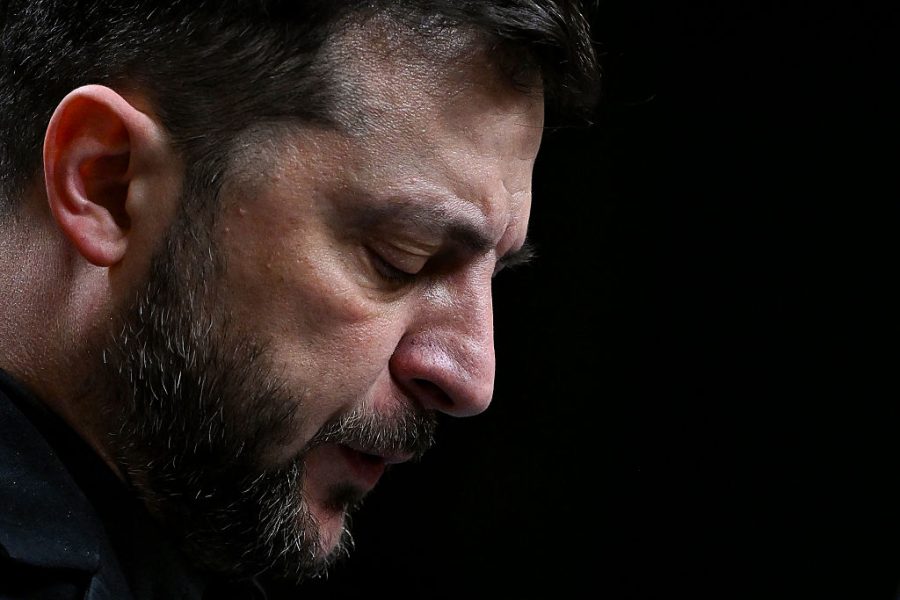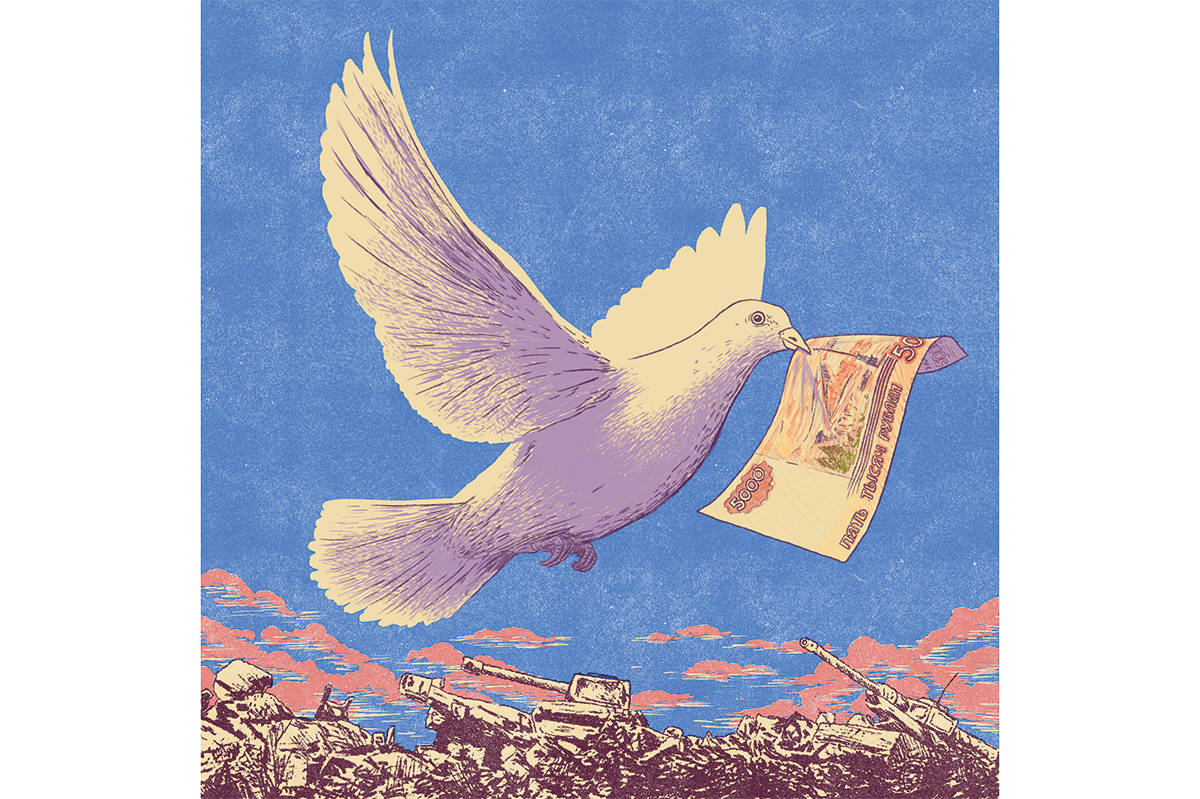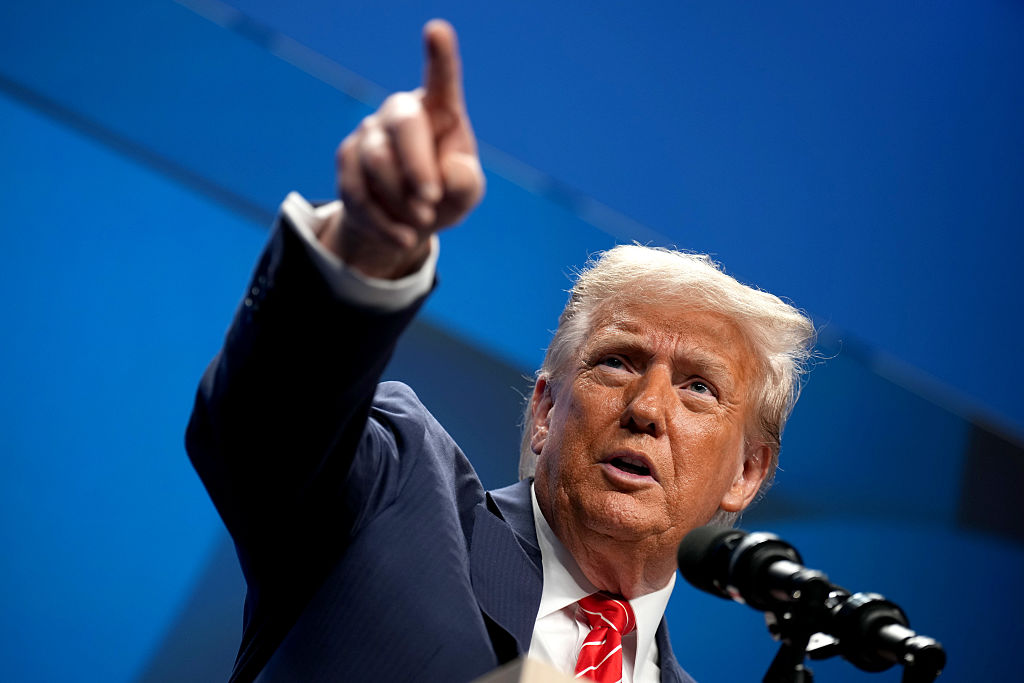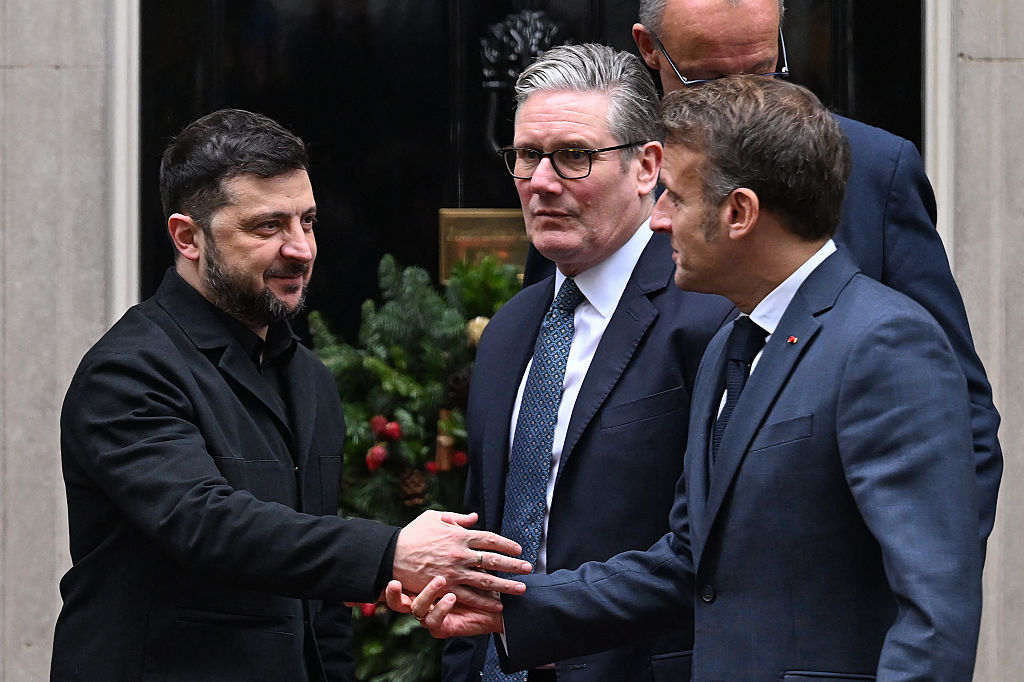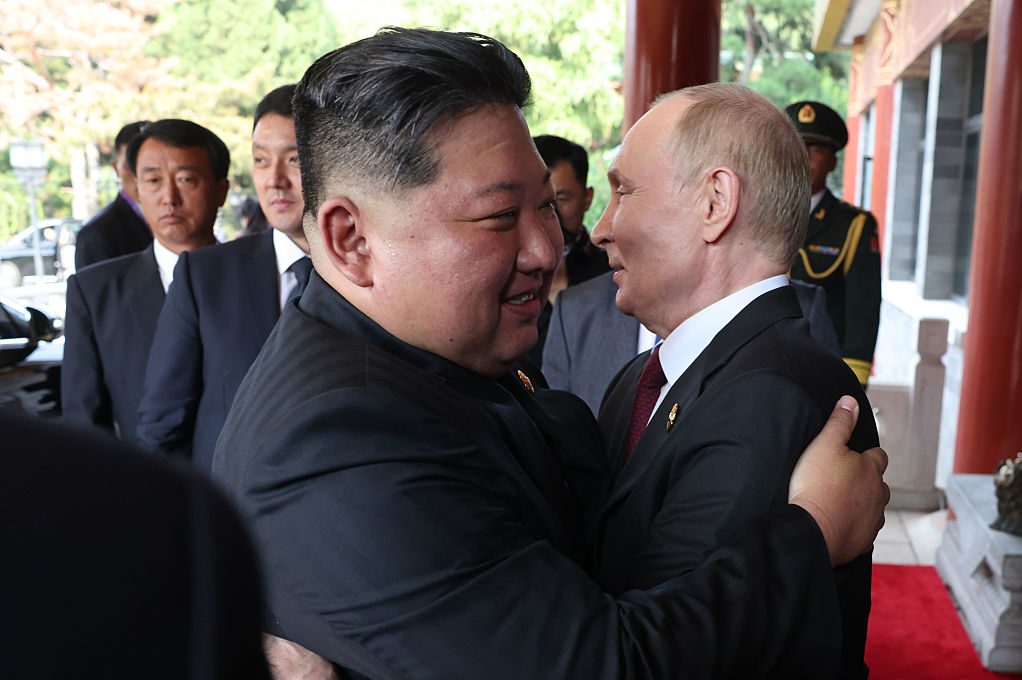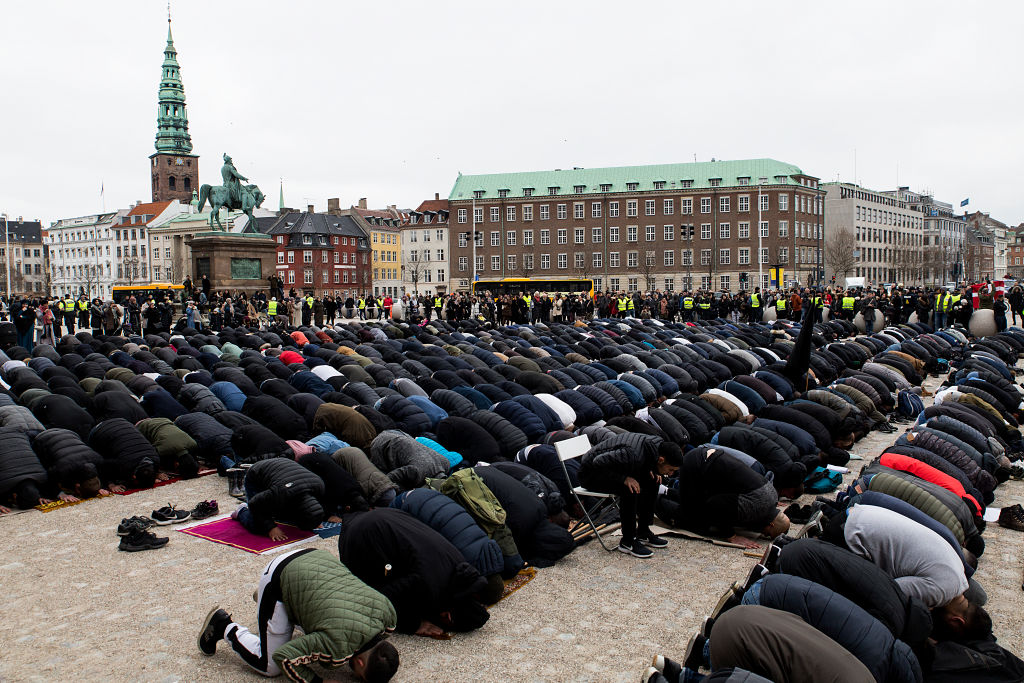As the fighting in Ukraine slows for the winter, three things stand out. The first is the most obvious: a small, highly motivated country, equipped with advanced weapons and intelligence, is slowly but inexorably defeating what used to be called the world’s second-most powerful military. We need to remind ourselves how stunning that is.
The second is how Western political leaders have failed to explain to their citizens why the war matters. Taxpayers are naturally tiring of footing the bill for an unending flow of equipment and ammunition, and they need to be persuaded that their continued support is essential for their own countries’ interests. Popular support is already showing signs of cracking, and the fissures will deepen if Western leaders remain silent about the stakes.
The third key point is NATO members’ increasing willingness to supply Ukraine with the heavy equipment it needs to win. The West is still cautious, understandably, because Putin could always respond by striking NATO territory or using nuclear weapons in Ukraine. Those fears are why they won’t supply Ukraine with longer-range missiles and why they demand assurances Ukraine won’t use NATO weapons to strike Russian territory (which does not count annexed Ukrainian territory). But NATO members are increasingly willing to supply tanks, infantry fighting vehicles, artillery, and more lethal drones, and to give Ukraine permission to strike military targets on Russian territory with weapons Kyiv has produced at home.
Why have NATO attitudes changed? Partly because they see how hard Ukraine is fighting and how successfully. Ukraine is effectively testing how all Western armies will fight on new, information-rich battlefields. That feedback will help NATO members prepare for future fights. There is also a recognition that Russia has done more than try to overturn the post-Cold War order by force. The Kremlin is pursuing a strategy built upon war crimes: kidnapping, raping, and killing civilians. It is repeatedly hitting civilian targets with no regard for innocent life, and is trying its best to cut off heat and electricity not only in Ukraine but across Europe. Finally, NATO members have gradually realized a stable, negotiated compromise settlement is probably impossible. Ukraine would never accept it, and Putin would simply use the time to regroup and rearm before renewing his assault.
What’s happening on the battlefield itself? The fight has slowed over the past two months because of early winter weather. Now, as the ground freezes solid, Ukraine’s tanks and artillery are beginning to move again. The soft ground didn’t affect Russia, which relies on human-wave attacks by expendable soldiers and air attacks by Iranian-made drones. What has slowed them is the dwindling supply of precision weapons and conscripts. Putin can’t do much about the weapons, but he can do something about the manpower. He has secretly begun another round of mobilization, despite the political dangers. It’s one thing for him to round up men from outlying areas. It’s quite another to drag them off the streets in Moscow and St. Petersburg, the political heart of the country. Putin would only do that if he thinks losing the war would be even more dangerous. That is exactly the prospect he is facing if Ukraine continues its gains this spring and summer, and especially if it threatens to retake Crimea.
Right now, Russia is continuing its unsuccessful — and extremely costly — effort to take the cities of Bakhmut and nearby Soledar, as part of their failing attempt to consolidate control of the Donbas. Meanwhile, Ukraine is slowly advancing on two cities further north: Kreminna and Svatove. Those cities and the highway connecting them represent the next steps eastward after Ukraine’s capture of Lyman in October.
The battles for Bakhmut, Soledar, Kreminna, and Svatove are characteristic of the two sides’ strategies. Russia is using brute force, plus artillery and drones to utterly destroy Ukrainian towns, people, and essential infrastructure. Ukraine is using precision weapons and special forces to take out key Russian logistical hubs, command centers, and troop concentrations. They have wisely tried to avoid slugfests, which play to Russian strengths, but have been willing to fight in the Donbas to prevent Russia from expanding its territorial control.
What’s next for Ukraine? In the north, they will conquer the Kreminna-Svatove line, strangling Russian supply routes to the Donbas. Then they will go after logistical nodes, either heading east to Starobilsk or south to Lysychansk. The goal is the same in either case: gradually displace Russia from the Donbas by cutting off its supply routes.
Even more important is the coming battle further south, beginning in Zaporizhzhia Oblast (province). The target here is the major logistical hub of Melitopol and perhaps the port city of Berdyansk. The Russians are well aware of their significance and are dug in to defend them. Capturing Melitopol will be as difficult as capturing Kherson — and as important. Ukrainian success there would be critical since it would cut the Russian army in half, leaving the southern portion (below Melitopol) without a land bridge to Russia for supplies and reinforcements. Severing that link would make the defense of Crimea nearly impossible, now that the rail bridge over the Kerch Straits has been bombed. (The parallel bridge for trucks, also damaged, has been laboriously reconstructed but work on the rail bridge is more difficult and time-consuming. Ukraine is sure to attack them again this spring as it prepares to fight for Crimea.)
The coming fight for Crimea will be crucial to the war’s outcome. Russians consider it part of their national identity and essential to their status as a naval power. Losing it would damn Putin politically and, almost certainly, personally. He won’t be retiring peacefully to a palace on the Black Sea, or setting up a lobbying firm in Moscow. He’ll be fitted for a coffin, and he knows it.
Therein lies the greatest danger for Ukraine and the West. Faced with military defeat and personal catastrophe, Putin would be tempted to sic the Four Horsemen of the Apocalypse on his foreign adversaries. Figuring out how deter him (or his successors) while simultaneously rolling back Russia’s military expansion and its attack on the peaceful European order is the West’s most urgent task.



